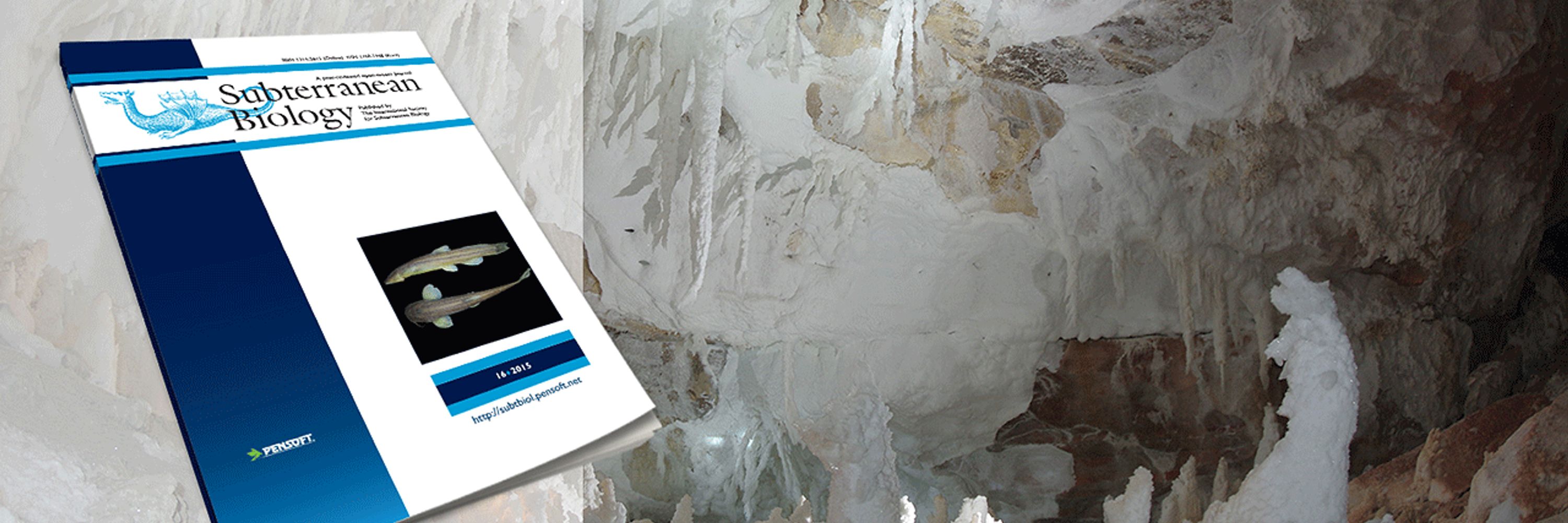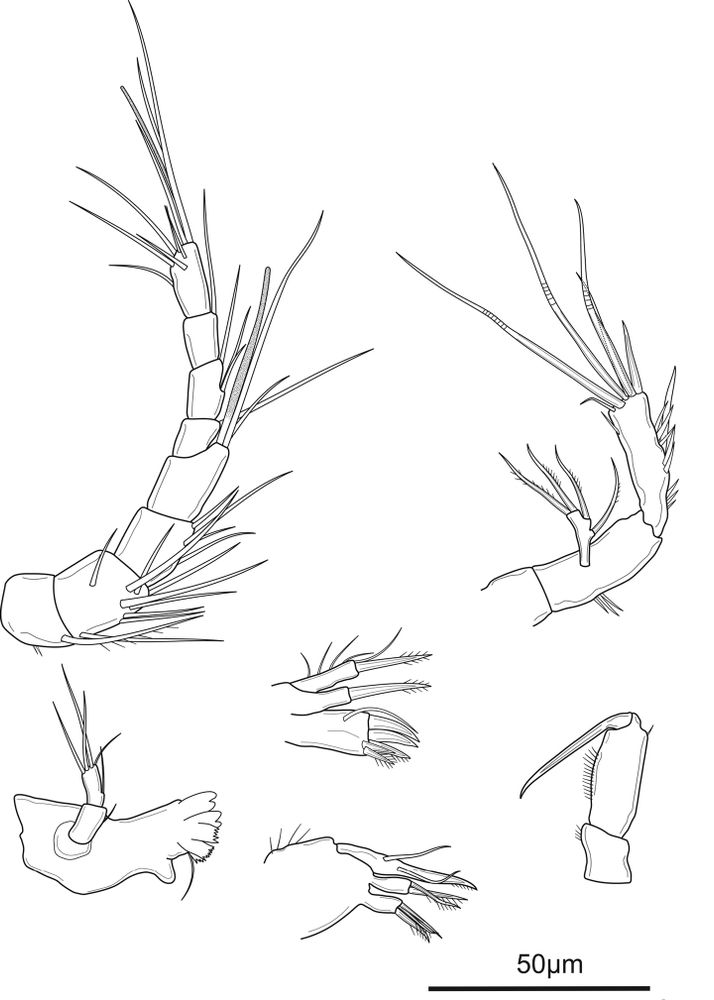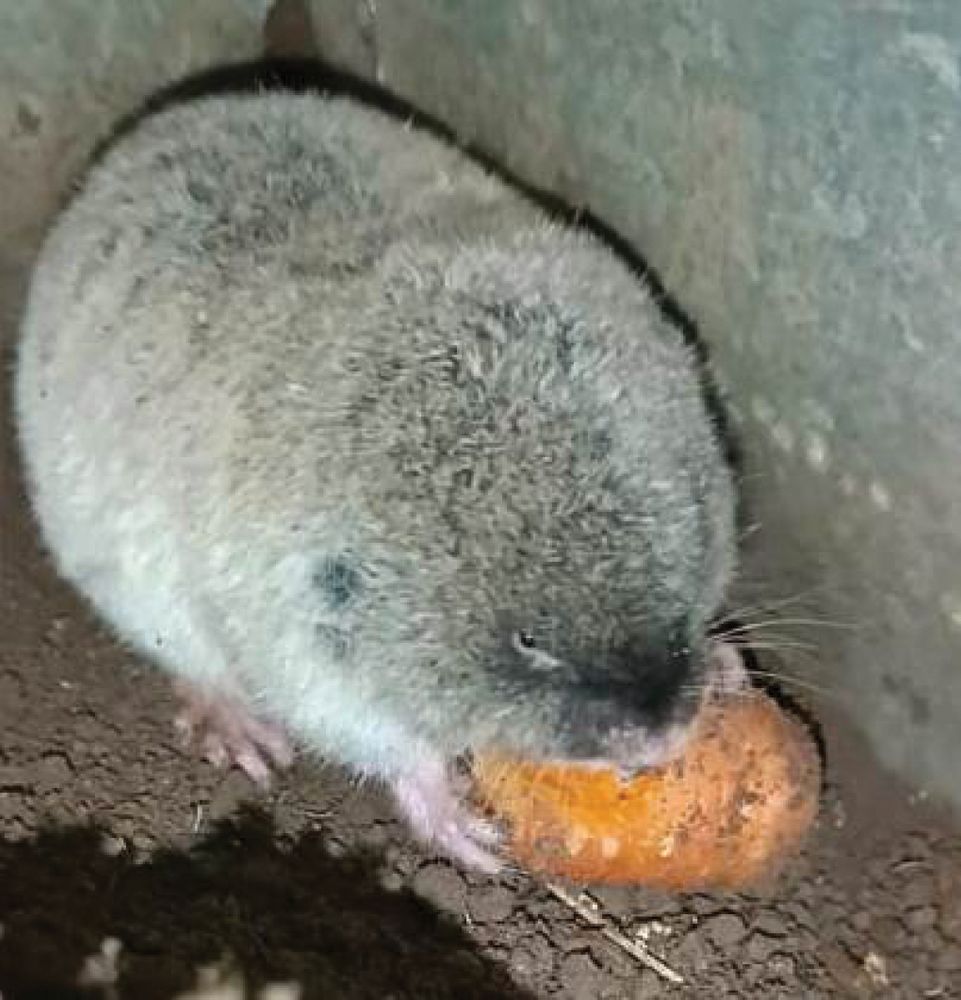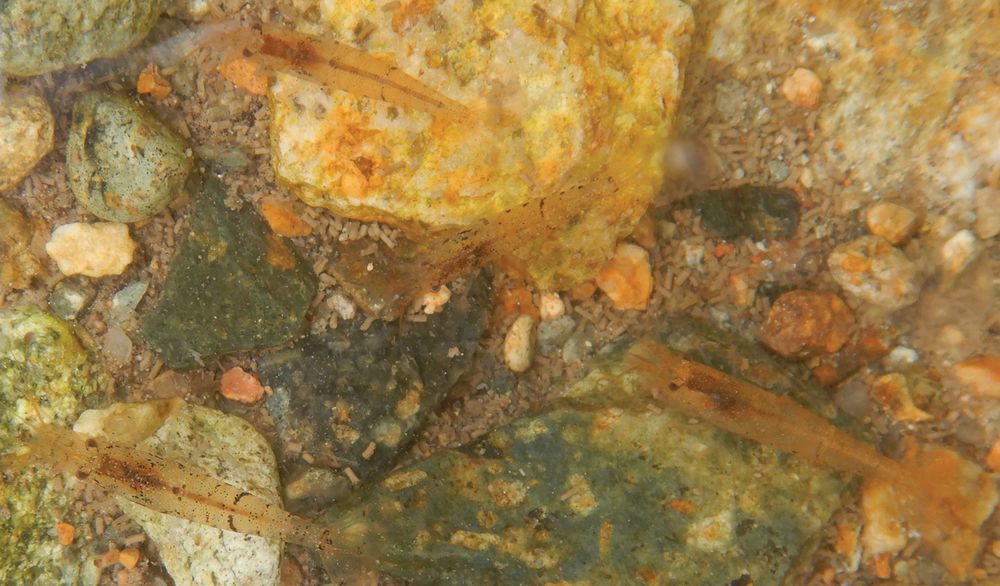
Website: subtbiol.pensoft.net
#beetles #climatechange #subterranean
doi.org/10.3897/subt...

#beetles #climatechange #subterranean
doi.org/10.3897/subt...
www.welt.de/wissenschaft...

www.welt.de/wissenschaft...

➡ For the study, head to doi.org/10.3897/subt...
www.nytimes.com/2025/11/08/s...

➡ For the study, head to doi.org/10.3897/subt...
www.nytimes.com/2025/11/08/s...
This discovery was published in our journal Subterranean Biology: doi.org/10.3897/subt...
Video by @vrenozina.bsky.social
This discovery was published in our journal Subterranean Biology: doi.org/10.3897/subt...
Video by @vrenozina.bsky.social
www.thesun.co.uk/tech/3722343...

www.thesun.co.uk/tech/3722343...
#springtails #evolution #phylogeny

#springtails #evolution #phylogeny

#climatechange #beetles #subterranan @um.es
doi.org/10.3897/subt...

#climatechange #beetles #subterranan @um.es
doi.org/10.3897/subt...
#spiders #caves #subterranean @vrenozina.bsky.social @uni-goettingen.de

#spiders #caves #subterranean @vrenozina.bsky.social @uni-goettingen.de

#spiders #caves #subterranean @vrenozina.bsky.social @uni-goettingen.de

#troglobites #caves #invertebrates


#troglobites #caves #invertebrates
#geckos #biodiversity #lavacaves

#geckos #biodiversity #lavacaves
🔗 doi.org/10.3897/zse....


🔗 doi.org/10.3897/zse....
#ecotone #ecology #stygobionts

#ecotone #ecology #stygobionts
Learn more here: doi.org/10.3897/subt...

Learn more here: doi.org/10.3897/subt...
subtbiol.pensoft.net/news/835

subtbiol.pensoft.net/news/835
A forum paper on collaborative global eDNA study in groundwater ecosystems!
doi.org/10.3897/subt...
A forum paper on collaborative global eDNA study in groundwater ecosystems!
doi.org/10.3897/subt...
#endemicspecies #newspecies #stygobionts #biodiversity

#endemicspecies #newspecies #stygobionts #biodiversity
#cytogenetics #subterranean #rodents

#cytogenetics #subterranean #rodents
🔗 doi.org/10.3897/zse....

🔗 doi.org/10.3897/zse....
New atyid shrimp from #vietnam just swam by:
Caridina xuanlien
Treatment: treatment.plazi.org/id/A50CBB9C-...
Publication: doi.org/10.3897/zook...
#ZooKeys #CaridinaXuanlien
#FAIRdata
#science #taxonomy #ecology #biodiversity #nature #conservation #arthropods #crustacea #shrimps

New atyid shrimp from #vietnam just swam by:
Caridina xuanlien
Treatment: treatment.plazi.org/id/A50CBB9C-...
Publication: doi.org/10.3897/zook...
#ZooKeys #CaridinaXuanlien
#FAIRdata
#science #taxonomy #ecology #biodiversity #nature #conservation #arthropods #crustacea #shrimps



